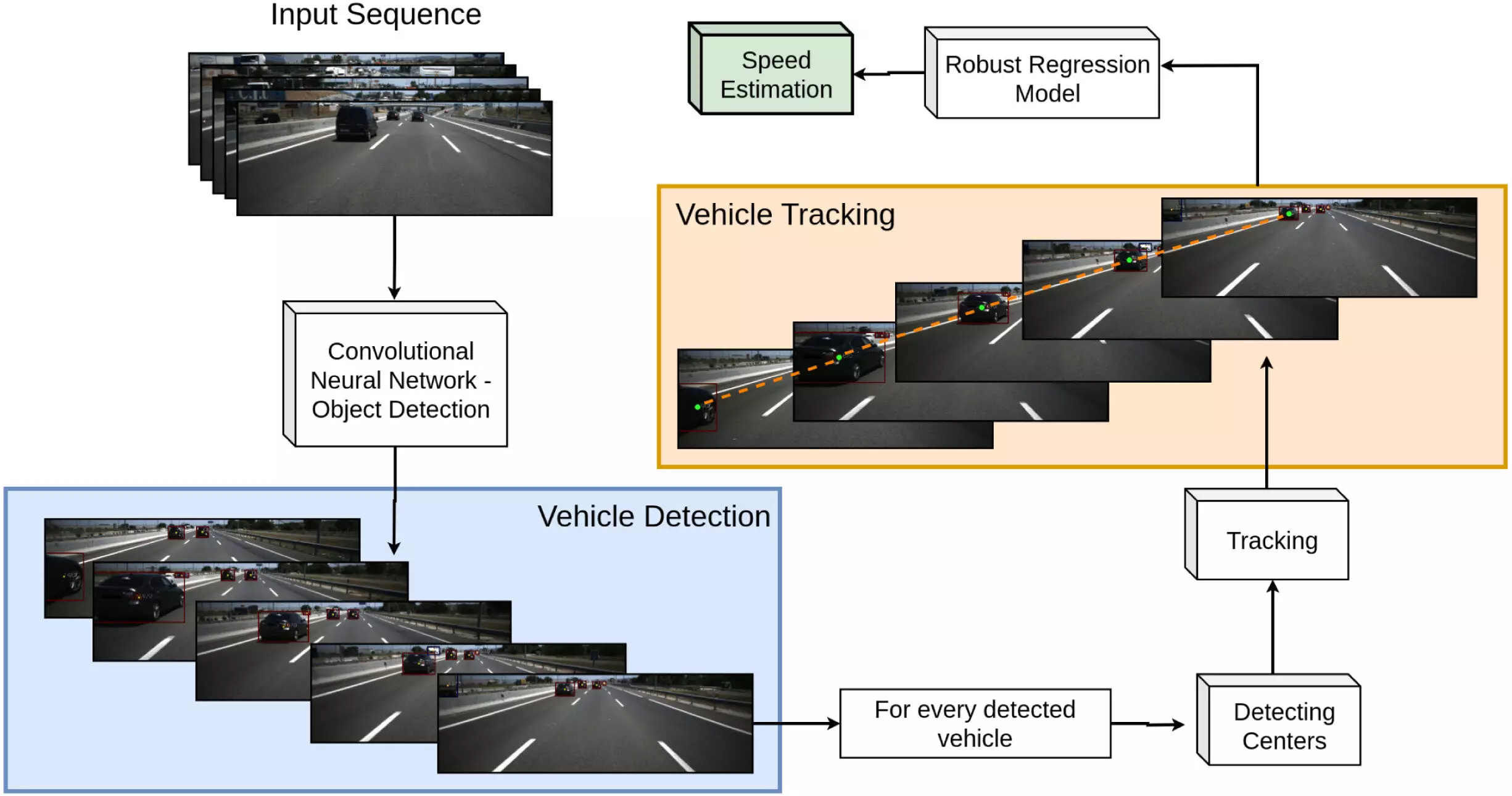The engineers of the ICAI Group of the School of Computer Science at the University of Malaga have made a significant leap in the realm of computer vision technology. Their groundbreaking creation is a computer vision system that can accurately estimate the speed of vehicles in real-time. This innovative algorithm is integrated into a single camera, which is connected to the onboard computer systems of automobiles. Its primary purpose is to activate warnings whenever there is a potential danger of collision with another vehicle. Moreover, this system has the unique ability to estimate the speed of multiple vehicles at once, making it both convenient and cost-effective. Partnered with the German Aerospace Center (Deutsches Zentrum Fur Luft- und Raumfahrt, DLR), the engineers have successfully published their findings in the prestigious journal Neurocomputing.
Ezequiel López-Rubio, a professor at the Department of Computer Science and Programming Languages, is one of the key authors of this groundbreaking research. He emphasizes that improving vehicle safety is the ultimate goal of this cutting-edge technology. This system is not only a step towards autonomous driving but also serves as a valuable tool for driver assistance. While similar driving systems already exist, the true innovation of this work lies in its ability to integrate all the necessary functions into a single camera. This integration reduces complexity, lowers costs, and eliminates the need for a calibration process. Although it has not yet been integrated into any vehicle, the team remains committed to bringing their creation to the business world, making it accessible for widespread use.
The algorithm developed by the ICAI Group of the School of Computer Science is remarkable in its simplicity and efficiency. Utilizing a single sensor, it analyzes the flow of vehicles on the same road and offers real-time evaluations of their speed. This streamlined approach makes it easy to integrate the system into existing onboard computer systems of any automobile. By alerting drivers when another vehicle approaches with potential danger, the system works to prevent accidents before they happen. Furthermore, its ability to estimate the speed of multiple vehicles simultaneously sets it apart from previous technologies, making it an invaluable tool for both personal and commercial vehicles.
The impact of this breakthrough technology extends beyond its immediate applications. While improving vehicle safety is the primary objective, the potential for its integration into autonomous driving systems opens up a world of possibilities. With further research and development, this innovation could revolutionize the way people interact with automobiles. As the scientific team continues to refine and enhance the algorithm, their medium-to-long-term goal remains focused on bringing the technology to the business world. Through collaboration with industry partners, they aspire to implement their creation into real-world vehicles, ensuring a safer and more efficient transportation landscape.
The engineers of the ICAI Group have successfully developed an algorithm that has the potential to revolutionize vehicle safety. By integrating it into a single camera and utilizing onboard computer systems, this computer vision system can accurately estimate the speed of vehicles in real-time. Its ability to analyze multiple vehicles simultaneously, combined with its user-friendly integration process, makes it a cost-effective and accessible solution for the automotive industry. With the goal of improving vehicle safety and the potential for integration into autonomous driving, the future of this technology looks promising. As the scientific team continues to optimize their algorithm, their focus remains on bringing this breakthrough to the business world and ultimately ensuring safer roads for all.


Leave a Reply